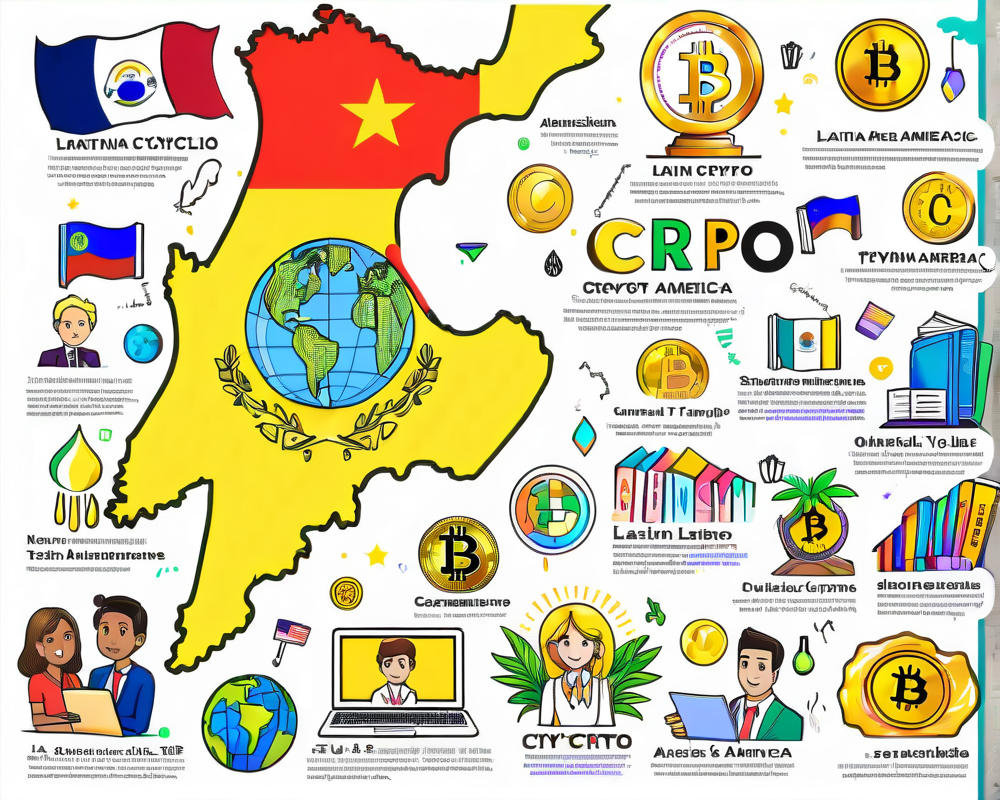The Crypto Landscape in Latin America
As of late 2021, Latin America has emerged as a significant player in the global cryptocurrency scene, boasting about 15% of the world’s Bitcoin circulating within its borders. However, a major concern looms—a staggering 99% of respondents from Brazil and Mexico have been reported as lacking basic crypto literacy. It’s great that crypto is hot, but understanding what it is? Not so much.
The Trouble with Crypto Literacy
The gap in understanding about cryptocurrencies among a significant portion of the population poses a serious challenge. Without basic knowledge of how crypto works and its potential applications, many individuals risk missing out on the advantages that digital currencies can offer, particularly in countries grappling with high inflation rates.
- Stablecoins as a buffer against inflation
- DApps providing financial services to the unbanked
- Fast and affordable cross-border remittances
Why Education is the Key
So, what’s the golden ticket to unlocking the door to crypto’s potential in Latin America? Spoiler alert: it’s education! By fostering an understanding of crypto, we can tackle three fundamental barriers to adoption: financial literacy, trust, and safety.
Breaking Down the Barriers
Financial Literacy
Surprisingly, the roadblocks to adopting crypto resemble the ones we see in traditional banking. Nearly half of the population in Latin America is unbanked, often due to physical distance from financial institutions as well as a lack of trust. Many prefer to stash their savings under the proverbial mattress, relying on hard currency instead.
Trust Issues
In many parts of Mexico, stories circulate about parents urging their children to keep their savings in cash, hidden away, rather than risk it in banks. It turns out that understanding finances breeds trust, and understanding blockchain can pave the way to trusting both crypto and traditional banks.
Safety Measures through Knowledge
An educated individual is less likely to make risky financial decisions—their trust extends beyond institutions to include their own judgment. Education equips people with knowledge about regulations and safe practices, essentially acting as a safety net in the world of finance.
Targeted Education Strategies
To ensure that crypto literacy reaches those who need it most, we must strategically implement educational programs. Here’s how we can roll this out:
- Create mobile-friendly resources for remote communities.
- Utilize multimedia formats that do not require high literacy levels.
- Develop mentorship programs specifically designed for women in crypto.
- Produce educational materials in local languages to maximize reach.
The Future is Bright, But Only if We Educate
Blockchain technology and cryptocurrencies are capable of reshaping financial systems, offering greater inclusion and freedom. With crypto’s rapid adoption, the stakes are high—it’s crucial that we do not leave vulnerable populations behind. The remedy is clear: education. By instilling knowledge, we can foster trust in these technologies and empower individuals to interact safely with them.
Education is not just beneficial; it’s transformative and essential in changing the narrative about financial exclusion. So, let’s roll up our sleeves!
This article does not provide investment advice. Cryptocurrency investments come with risks, and it’s vital to conduct personal research before making decisions.




